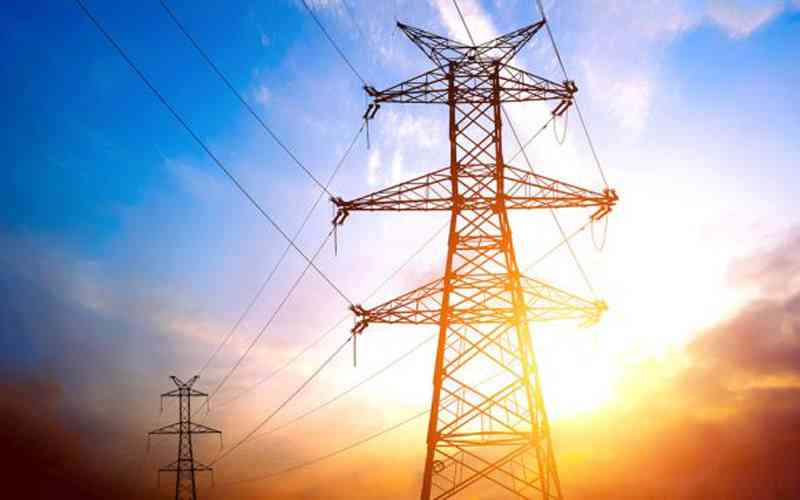
POWER utility, Zesa Holdings, is mulling more tariff increases to recoup losses and supply more stable electricity to consumers despite a recent increase, it has been revealed.
Recently, the Zimbabwe Energy Regulatory Authority awarded a US$0,02 per kilowatt hour tariff increase to the Zimbabwe Electricity Transmission Distribution Company (ZETDC), the distribution arm of Zesa.
This comes as ZETDC reported that the utility had lost about US$3 billion during the past quarter century, US$120 million annually, owing to under-charging consumers for power.
The average price per kilowatt hour for electricity in the region is US$0,1254 but locally, Zesa was charging US$0,10, leaving it operating from a loss-making position. With the recent increment, Zesa is now charging US$0,12 per kilowatt-hour which is still below the regional average.
“We are a regulated authority even with the tariff that we were awarded, let me say we are not yet there. We are almost 79%. The tariff has been so suppressed; this leads to difficulties in the recapitalisation of Zesa. We have aged machinery. We saw it fitting that we structure everything. We have been driving this vehicle since the 1930s or 1940s,” ZETDC acting managing director Abel Gurupira said, during the State of the Mining Industry report breakfast seminar held in Bulawayo last week.
“We need a mind-set shift to say Zesa is government so everything from the government must be cheap. This business of the vehicle will collapse then we will realise that what is better is to have the right price with stable electricity or to have erratic delivery of electricity at a cheap price."
The power utility was plagued by challenges such as the low water levels at Kariba South Hydro Power Station, the nation’s largest power generation source, owing to the effects the impending El Nino drought.
The power utility is looking to charge cost-effective prices to stay afloat and deliver electricity more regularly.
- Low tariffs weigh down ZETDC
- ‘Systems disturbance hits Hwange Power Station’
- Zesa doubles power charges
- Kariba, Hwange power plants obsolete: Govt
Keep Reading
Gurupira said there were initiatives even on a regional scale to tap into the more than 2 000 megawatts (MW) of power stranded in Angola due to transmission challenges.
Gurupira added that they have just finished carrying out a master plan and had noted that Zimbabwe will require 2 000MW in the next two to five years.
Currently, the power utility is producing less than 1 000MW of power.
“We are looking at US$2,8 billion that we need for rehabilitation and repowering, maintenance and the construction of Hwange Units 1 to 6. Unfortunately, the country has ceased to be credit worthy. Who will want to invest when you cannot recoup. We have lost almost US$3,7 billion because of below costs tariff,” Gurupira said.
Current power shortages were, however, temporary in that the Hwange unit 7 was undergoing its 30 days mandatory maintenance process which would be followed by unit 8, ZETDC said.
Experts say while it is key for Zesa to remain operational, the tariffs were beyond the reach of most customers.







